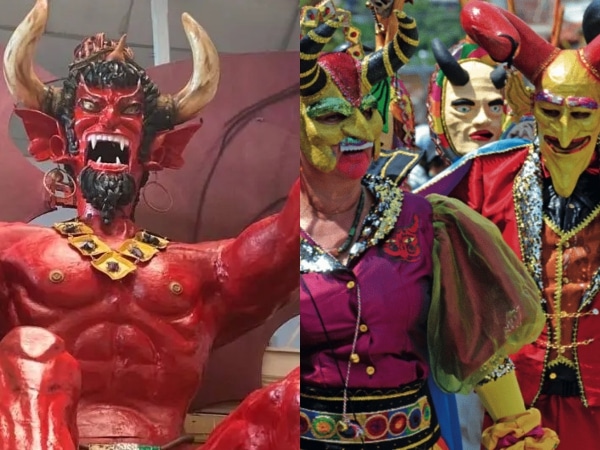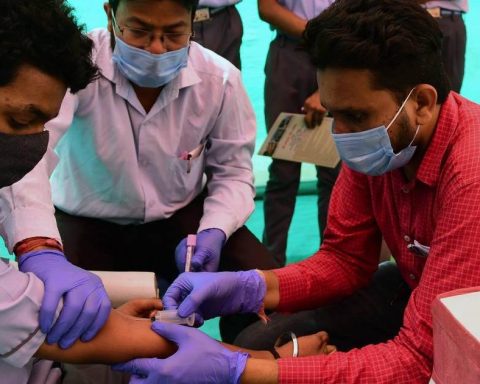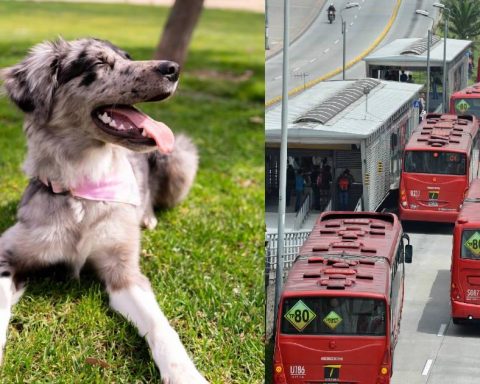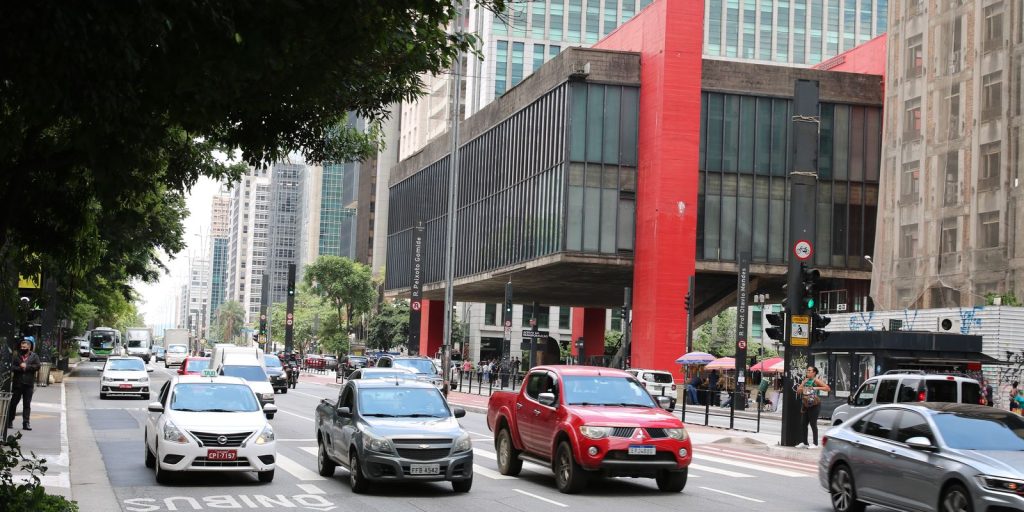In this municipality the devil becomes a symbol of celebration, satire and tradition.
News Colombia.
Every two years, Riosucio, a municipality located in the department of Caldas, becomes the scene of one of the most iconic and tradition-laden celebrations in Colombia: the Riosucio Carnival, popularly known as the “Devil’s Carnival.”
This festival, which is celebrated in odd-numbered years during the first week of January, is not only a cultural and artistic manifestation, but also represents the miscegenation, satire, and identity of the Rio Succean community.
For the 2025 edition, the Riosucio Carnival will take place between January 3 and 8, and its pre-carnival activities have already begun since last July with the installation of the “Carnival Republic”, the first of three phases that structure this party: Preparation, Sanction and Consummation.
Each of these stages has deep cultural significance, designed to lead residents and visitors towards the culmination of the carnival in January.
Preparation stage
The phase of Preparation It begins in July and lasts until December, characterized by the symbolic installation of the “Carnival Republic.”
This is a moment of communion and criticism through the “Decrees”, poetic pieces in rhyme that are proclaimed monthly and that are authentic gems of “Matachinesque” literature, satire and poetry that address the problems and desires of the Rio Succean community.
The “Decrees” are addressed to the Devil, the central figure of the festival, and hidden in them is a plea from the Riosueños for their needs and desires for the new year.
These rhymes, which emulate the style of politicians in public squares, are presented as a collective ritual in which the community actively participates. This year’s “Decrees” include key dates: August 17, September 21, October 12 and November 9, closing with the last of them in December, before entering the second stage of the celebration .
Sanction Stage
The Sanction It is the second phase of the Carnival and is known as the “Convite”, a large theatrical production where the Carnival Board and the “matachines” (main characters and actors of the festival) officially invite the people to prepare for the great celebration in January .
This moment represents the maturity and readiness of the community for the arrival of the Devil and the Gangs who, through troupes and theater, will portray everyday situations with a critical and humorous approach.
During the Convite, which in this edition will take place on December 22, an open invitation is made to all Caldensians and visitors to join this party of satire and humor that mixes the indigenous, Spanish and African legacies that define the cultural identity of the carnival.
Consummation Stage
The final phase is Consummationwhere the Riosucio Carnival is finally unleashed, and the Devil takes center stage.
This figure, a symbolic representation of joy, life and satire, is received with great expectation every two years and is carefully designed to surprise the community with a unique appearance in each edition.
Although its appearance changes, the classic elements such as the horns, tail and trident remain, symbolizing the triethnic character of the region.
The cuadrillas, groups of comparsas organized by the Riosueños, are the essence of the festival during this stage. Each group creates presentations full of humor, satire and social criticism, which turns the carnival into an expression of freedom and creativity.
The groups parade through the streets accompanied by native music and dance, and this cultural display attracts thousands of visitors from all over the country and abroad.
Promises a record of participation
By 2025, the Riosucio Carnival is expected to receive more than 30,000 visitors, a figure that, according to the Mayor’s projections, could even be exceeded thanks to the region’s wide cultural offering.
With nearly 45 groups registered, this edition promises to be one of the busiest and most colorful, taking the municipality of Riosucio to a new participation record and strengthening its position as a cultural reference in Colombia.
The Riosucio Carnival, which honors tradition and celebrates the identity of Riosucio through the figure of the Devil, continues to consolidate itself as an event of great heritage value, where joy, satire and music merge to create a unique experience in the country.
Also read:

















